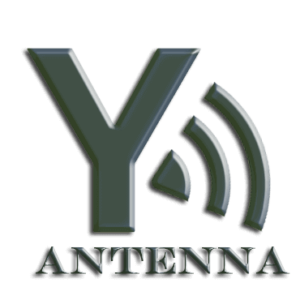In the last few years, the Internet of Things (IoT) and Machine-to-Machine (M2M) communication have emerged as critical technological innovations. IoT and M2M enable the interconnection of devices and equipment over the internet, leading to more efficient and effective automation of various applications. These applications can range from smart homes, transportation systems, healthcare, and industrial automation, among others. The success of these applications relies on reliable and robust communication systems, which can only be achieved through the use of high-quality antennas.
Antennas are essential components of any wireless communication system, and IoT and M2M are no exception. They enable devices to transmit and receive signals over the airwaves, allowing for wireless communication. When it comes to IoT and M2M communication, the type of antenna used plays a significant role in determining the overall system performance. The choice of the antenna depends on several factors, such as the frequency band, the range, the environment, and the application.
One of the primary considerations when selecting an antenna for IoT and M2M is the frequency band. These systems use different frequency bands depending on the application and the region. For instance, in Europe, the 868 MHz and 915 MHz frequency bands are commonly used for IoT and M2M communication, while in the US, the 902-928 MHz and 2.4 GHz bands are popular. The antenna chosen must be tuned to the specific frequency band used to ensure optimal performance.
Another important consideration is the range of the communication system. IoT and M2M devices can operate over short or long distances, depending on the application. Short-range devices, such as those used in home automation, require low-power antennas that can communicate over a few meters. In contrast, long-range devices, such as those used in industrial automation or smart cities, require high-gain antennas capable of transmitting over several kilometers.
The environment where the IoT and M2M devices are deployed also plays a significant role in determining the antenna to be used. Different environments, such as urban, suburban, or rural areas, can affect the quality of the communication signal. For instance, urban areas have a high level of interference due to the presence of many buildings, while rural areas have low levels of interference. The antenna selected should be able to perform optimally in the specific environment where it will be deployed.
The application of the IoT and M2M communication system is also an essential consideration when selecting an antenna. Different applications have unique requirements, and the antenna must be selected to meet those requirements. For instance, medical devices require high-reliability antennas that can operate within specific frequency bands to prevent interference with other medical equipment. In contrast, industrial automation applications require rugged antennas capable of withstanding harsh environmental conditions.
In conclusion, antennas play a crucial role in the success of IoT and M2M communication systems. The choice of antenna depends on several factors, such as the frequency band, the range, the environment, and the application. Selecting the right antenna is essential in ensuring reliable and robust communication in IoT and M2M applications. It is, therefore, crucial to work with an experienced antenna provider who can provide the right antenna for the specific application. With the right antenna, IoT and M2M communication can transform various industries and lead to more efficient and effective automation.


